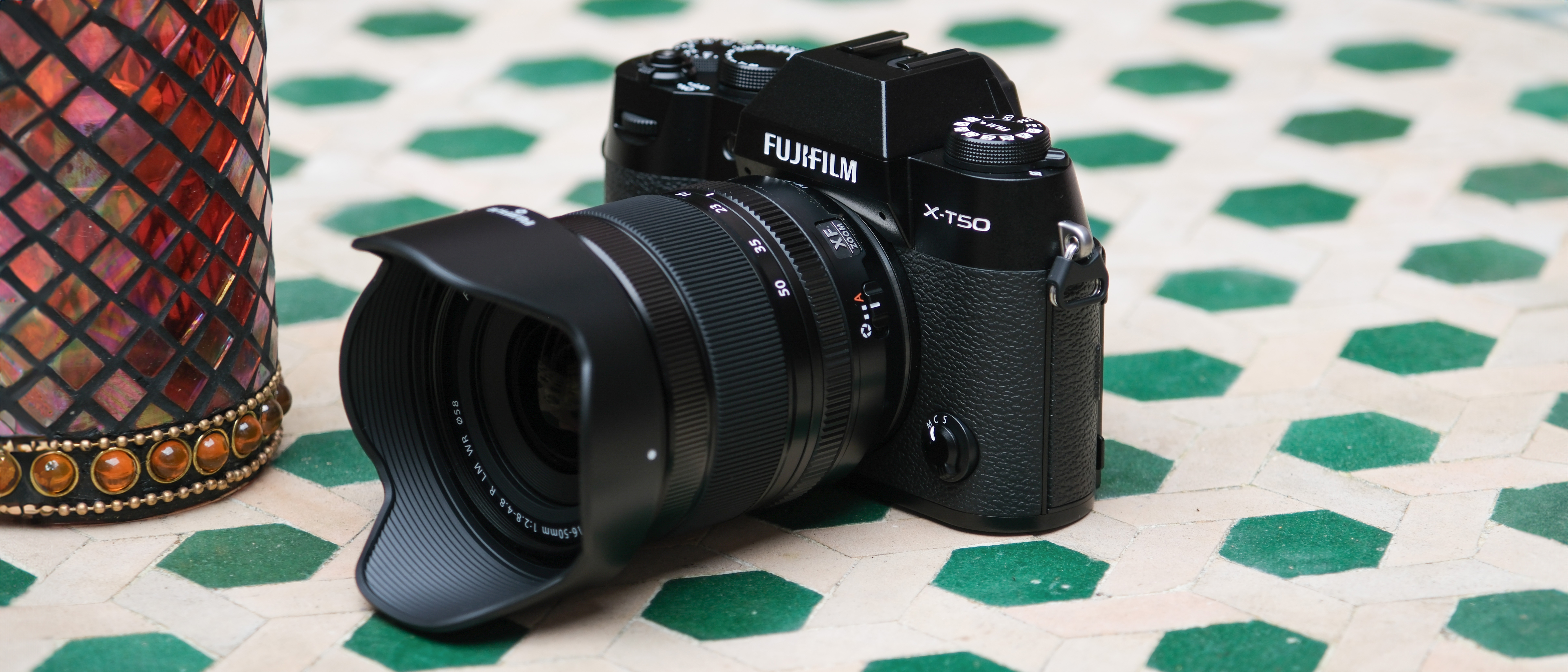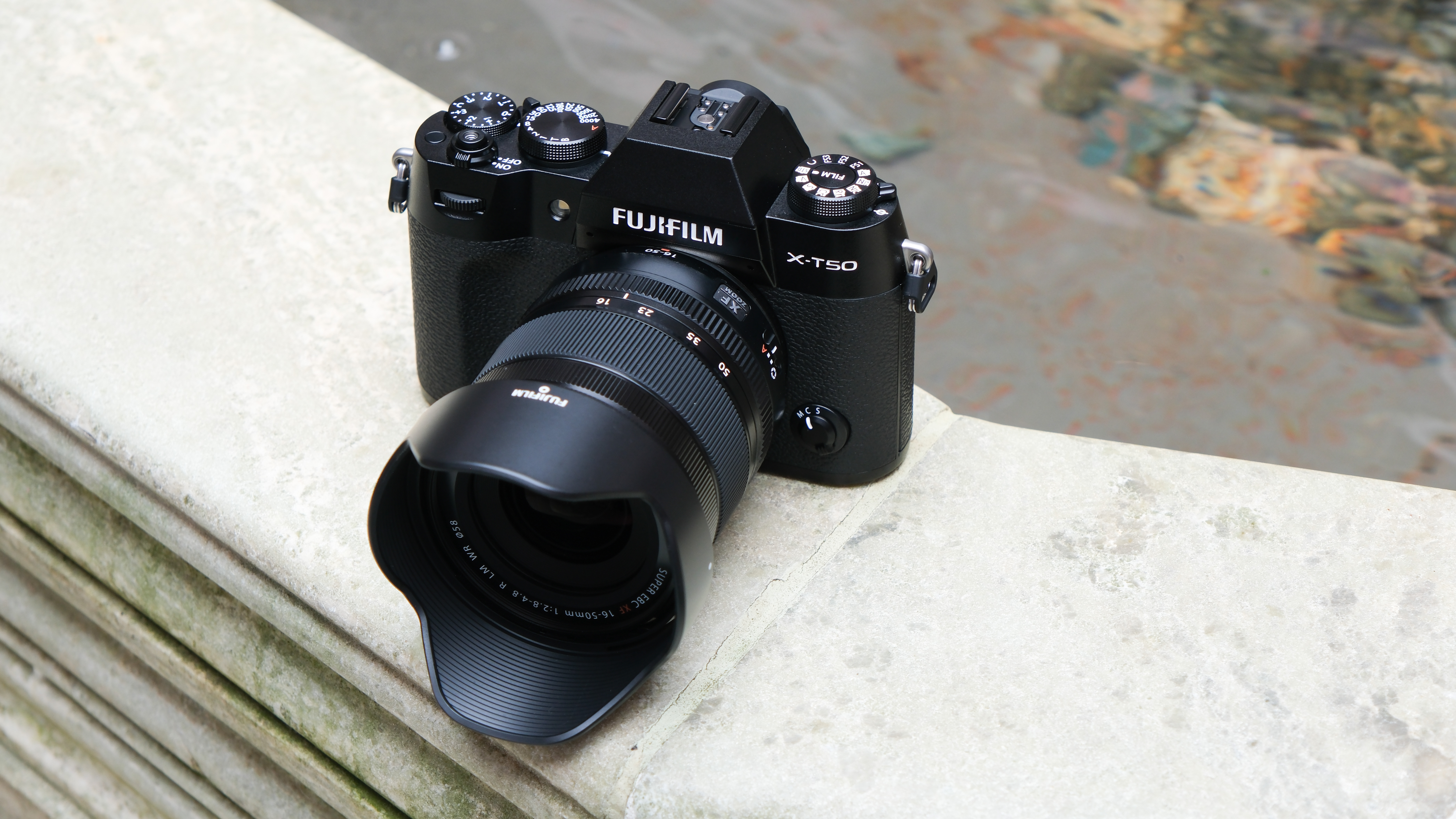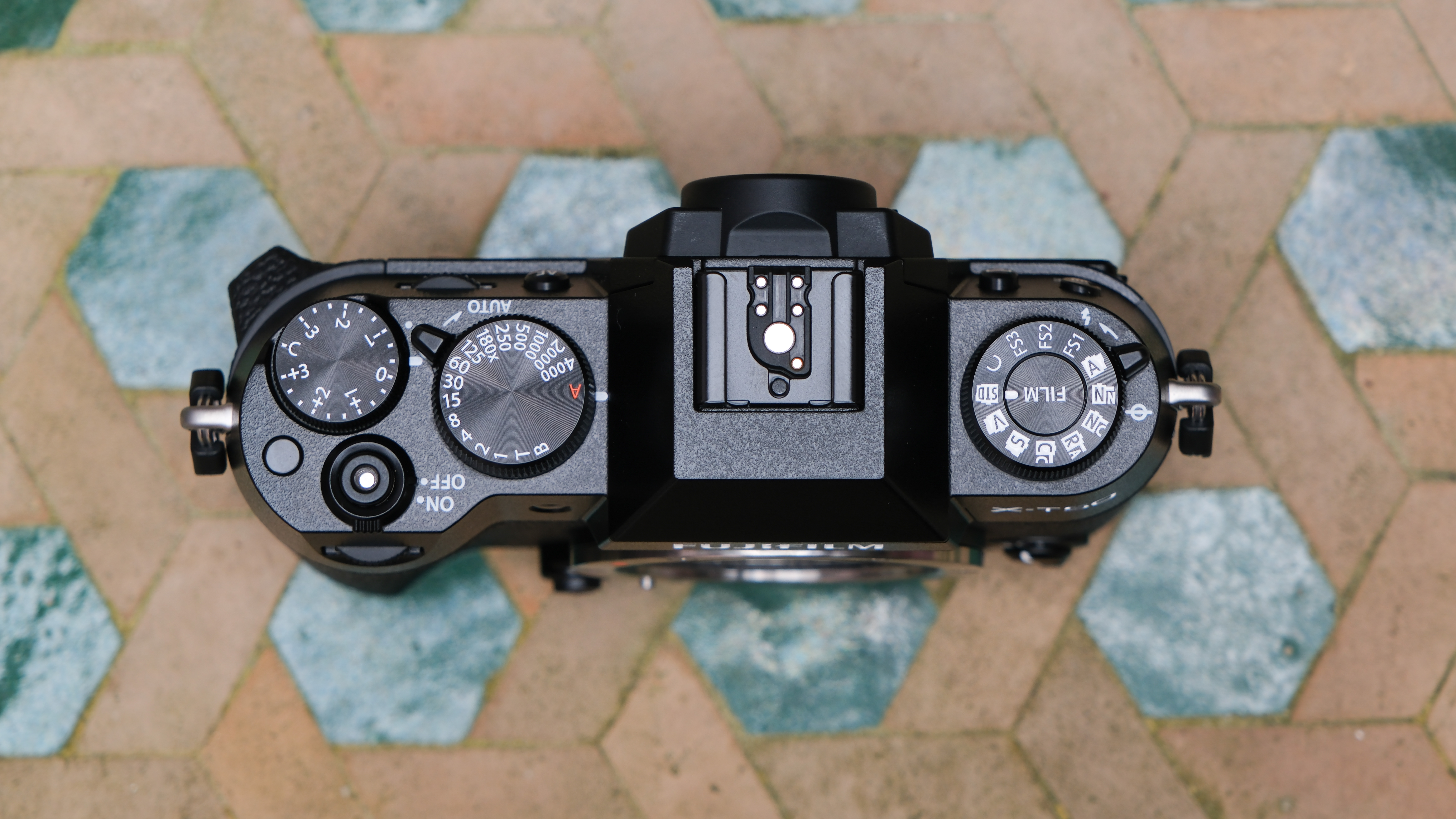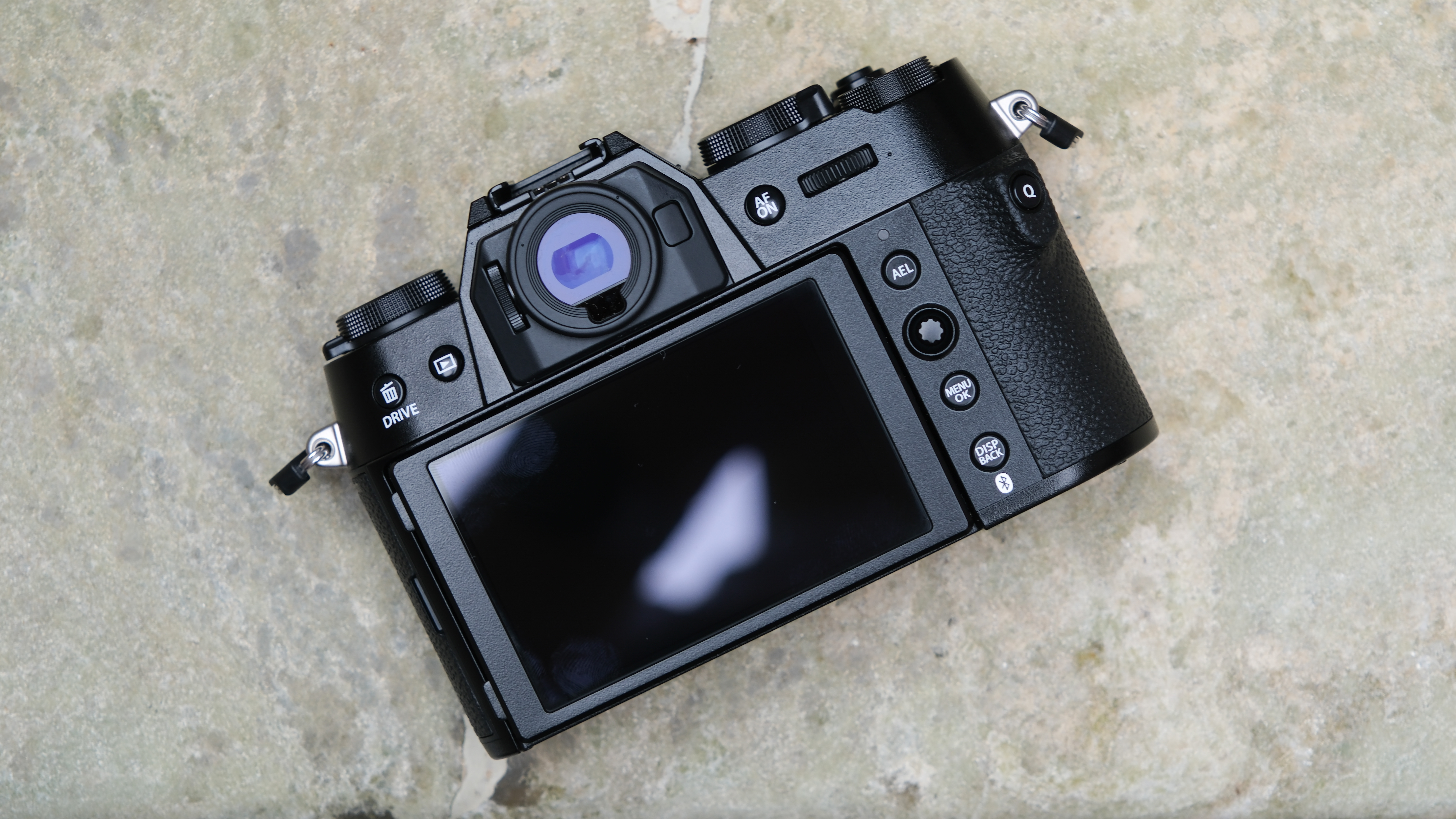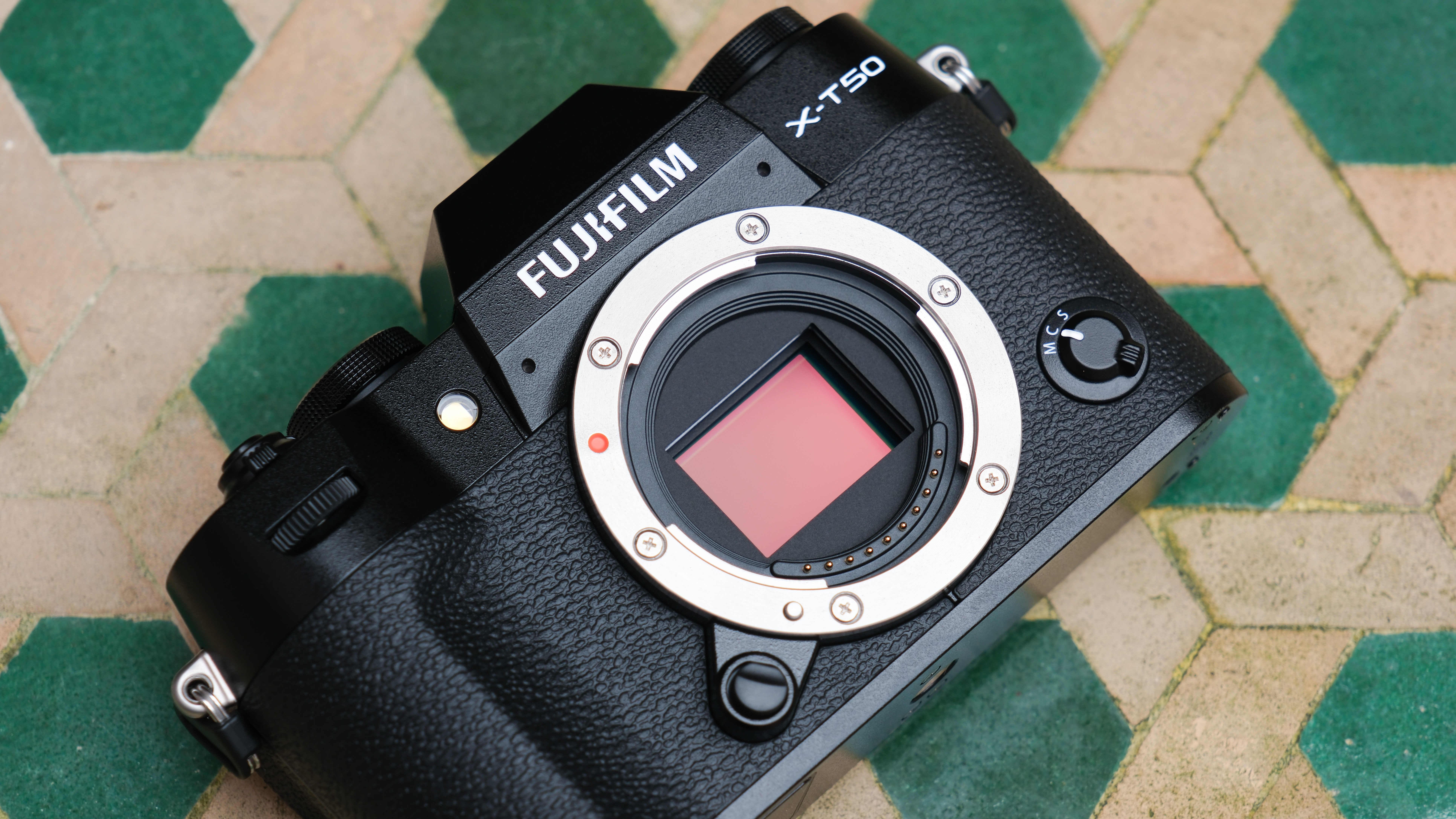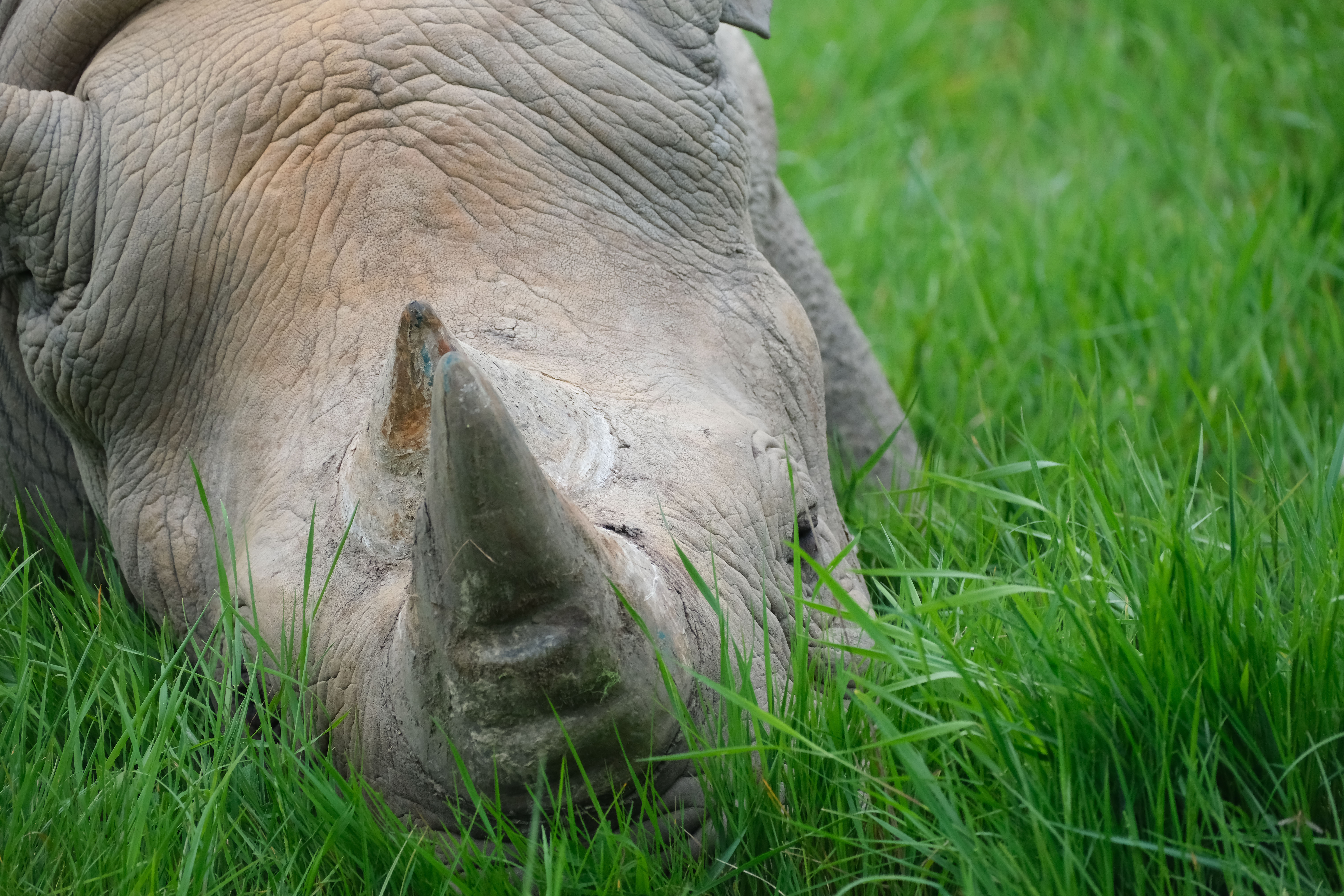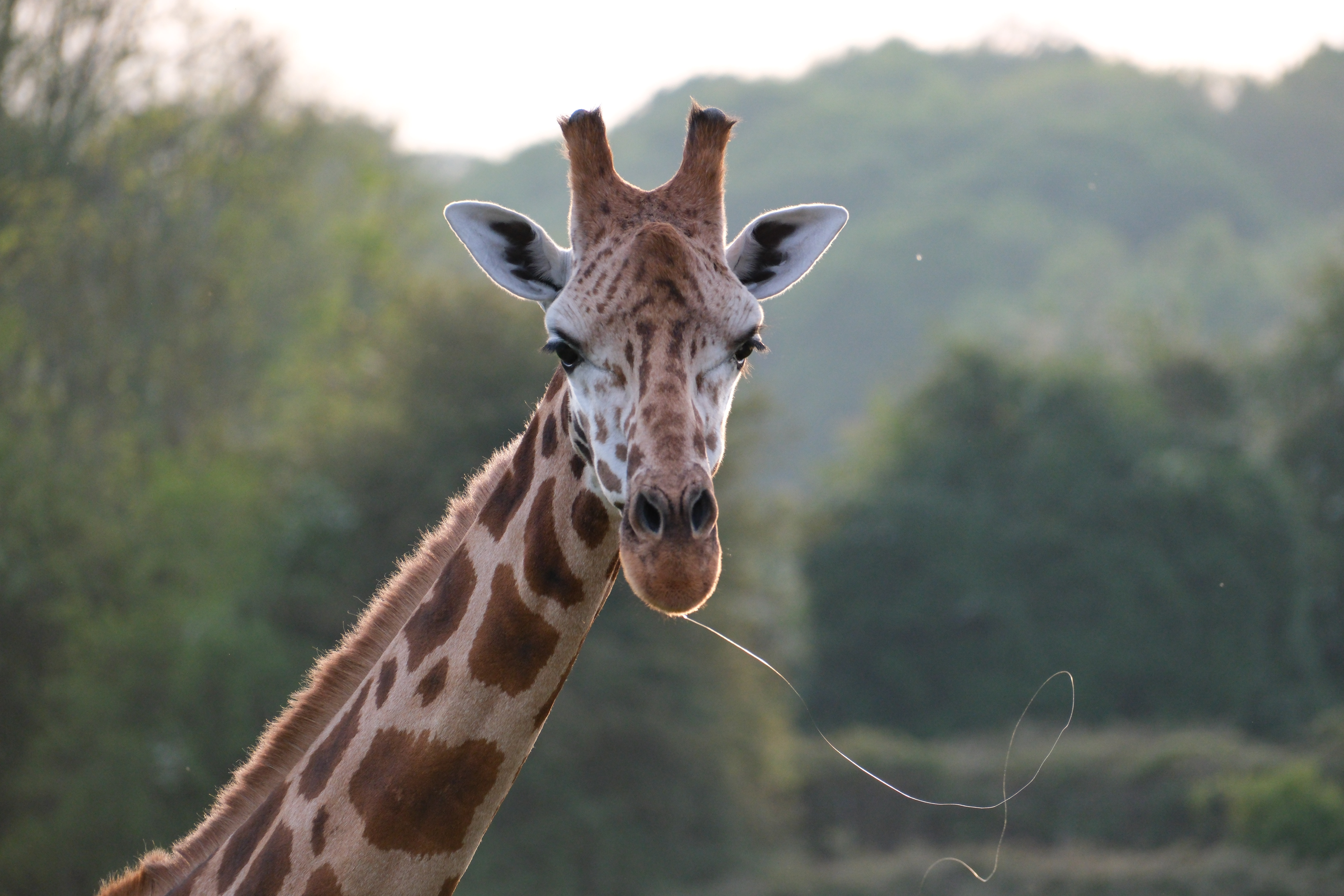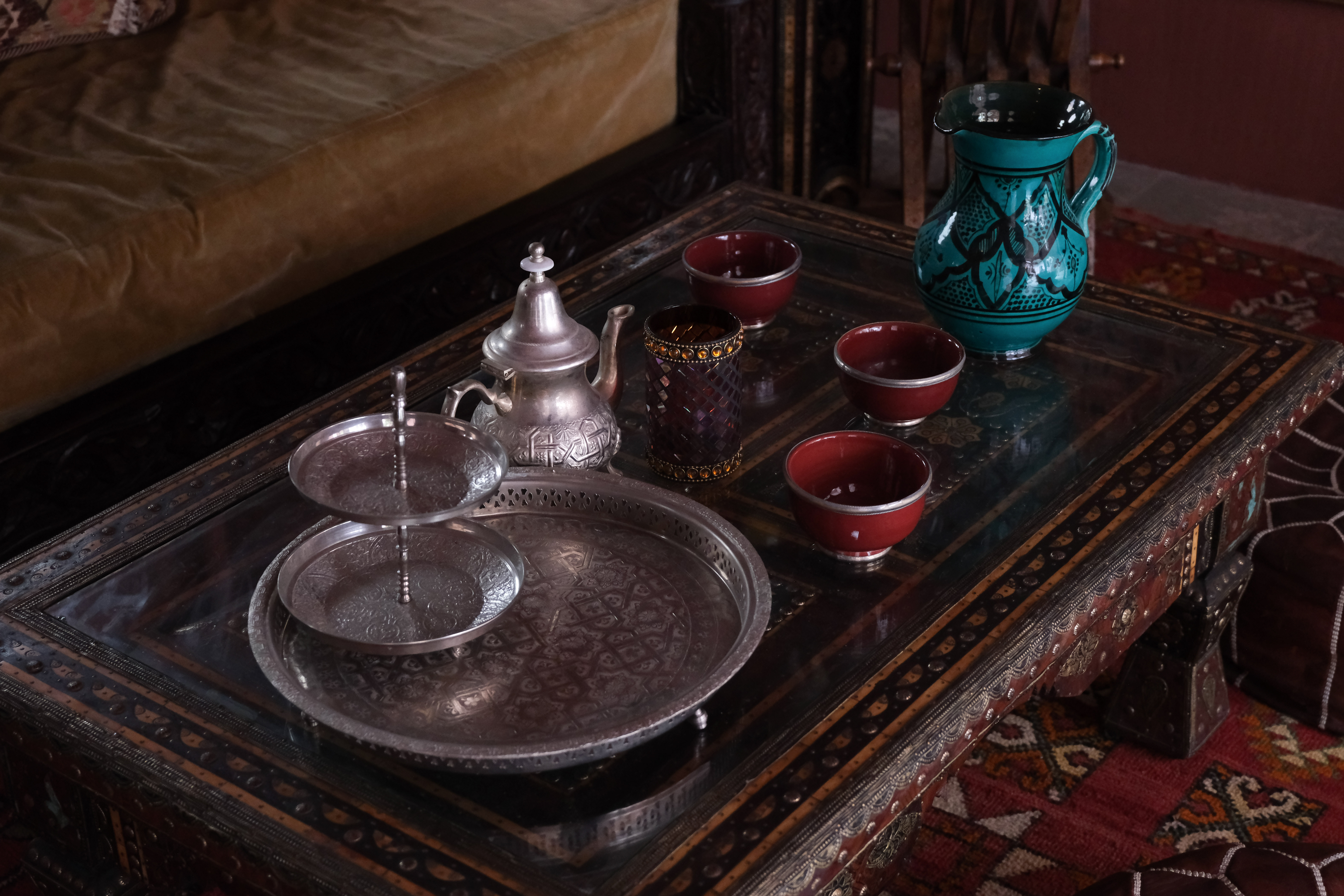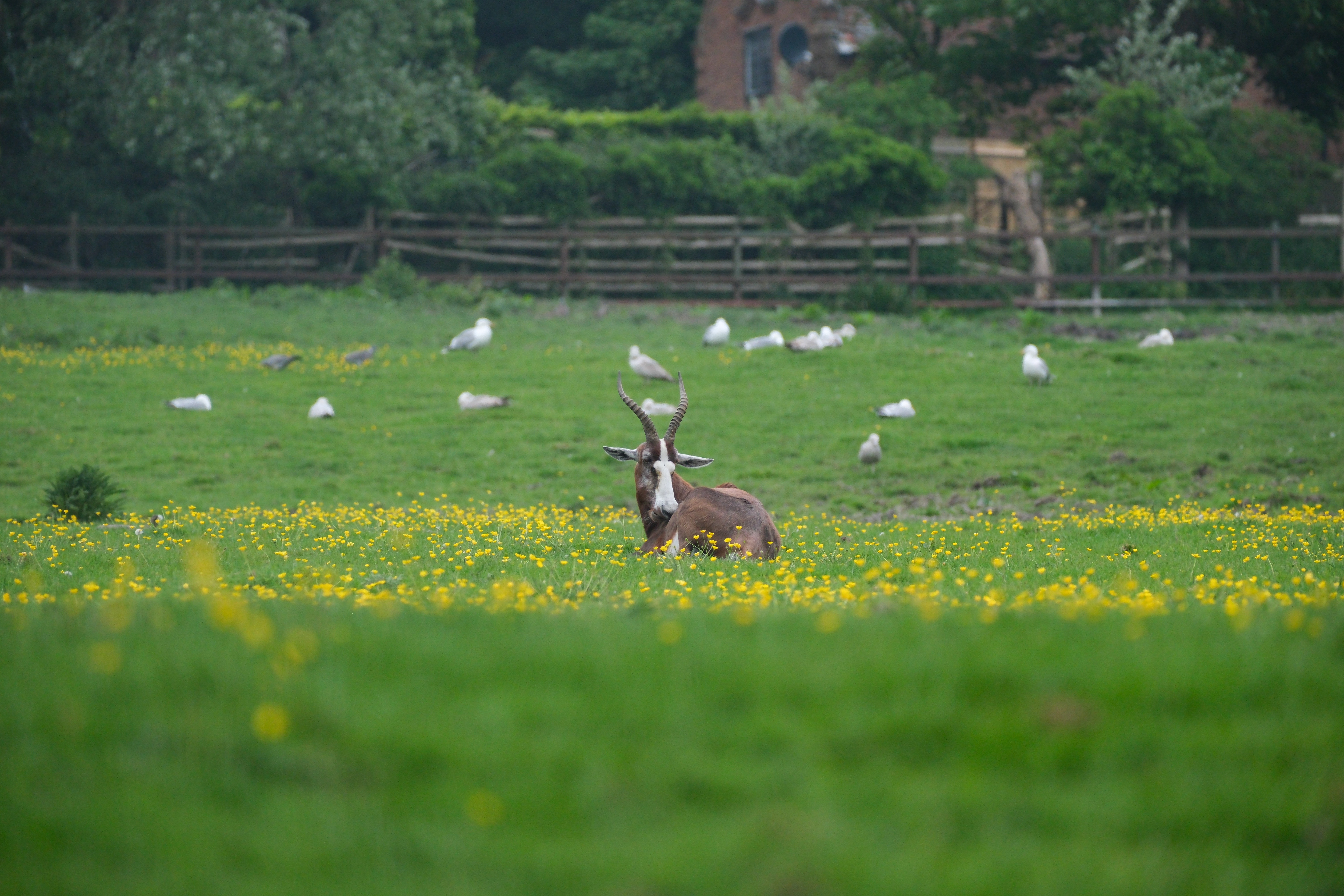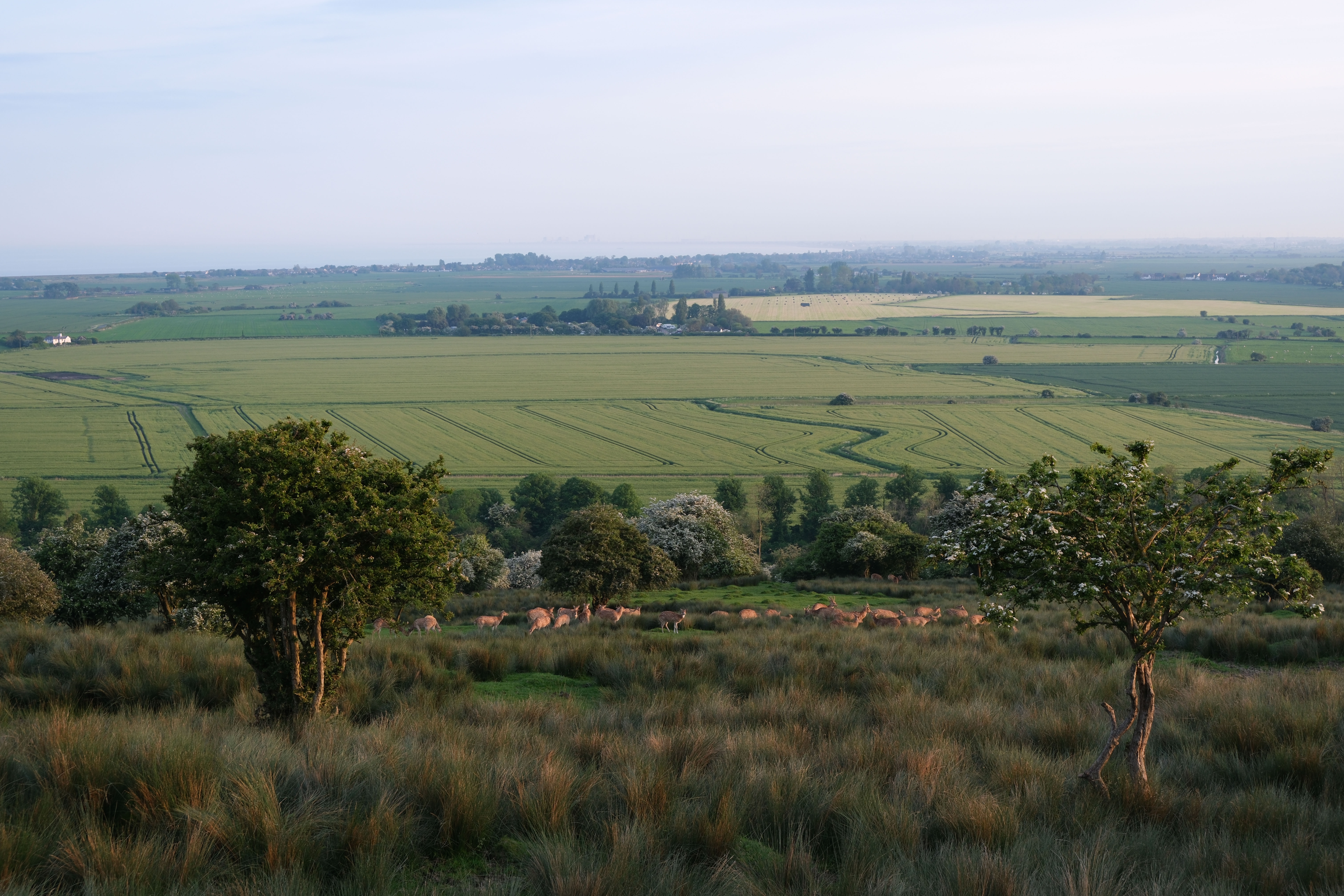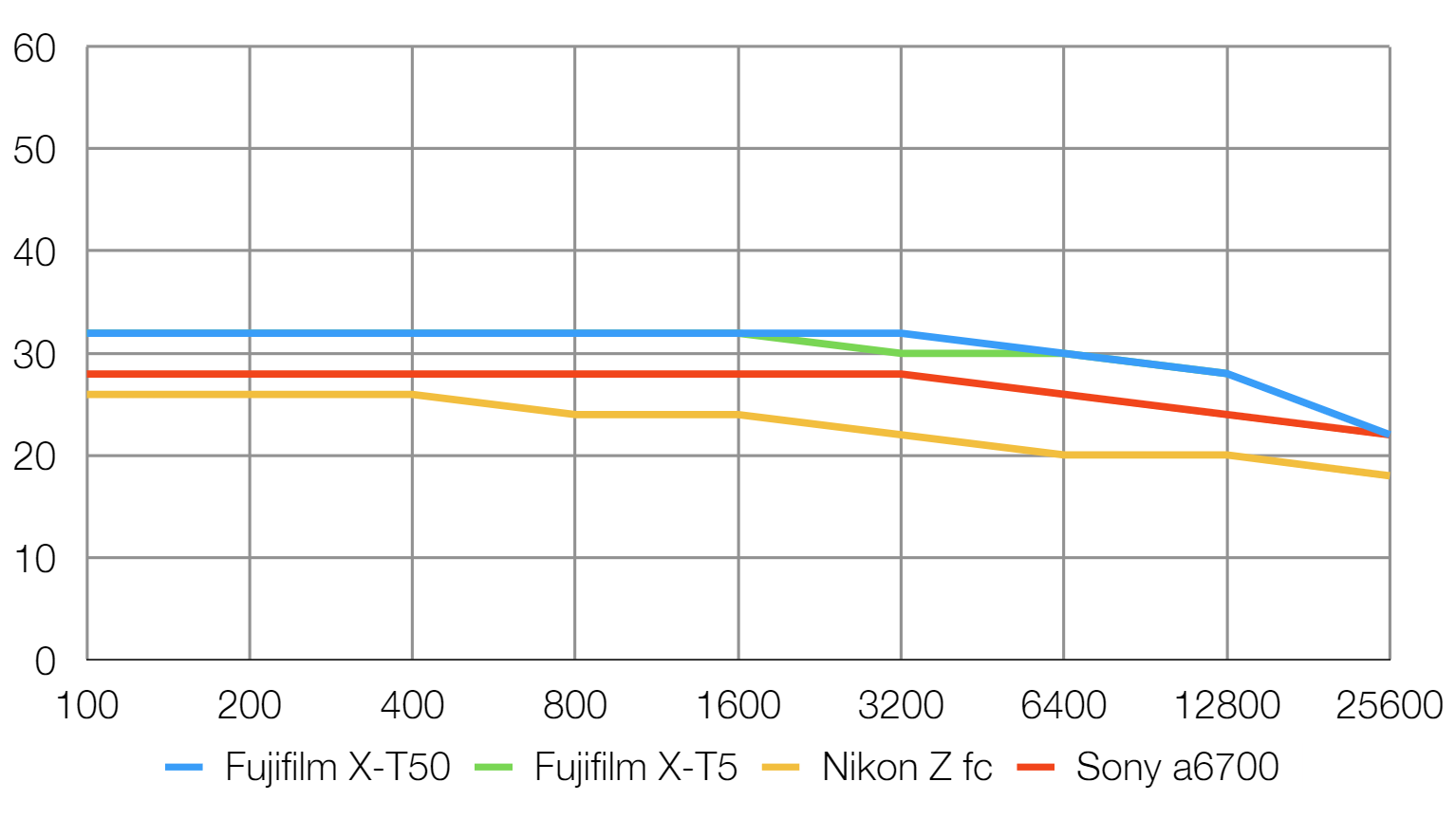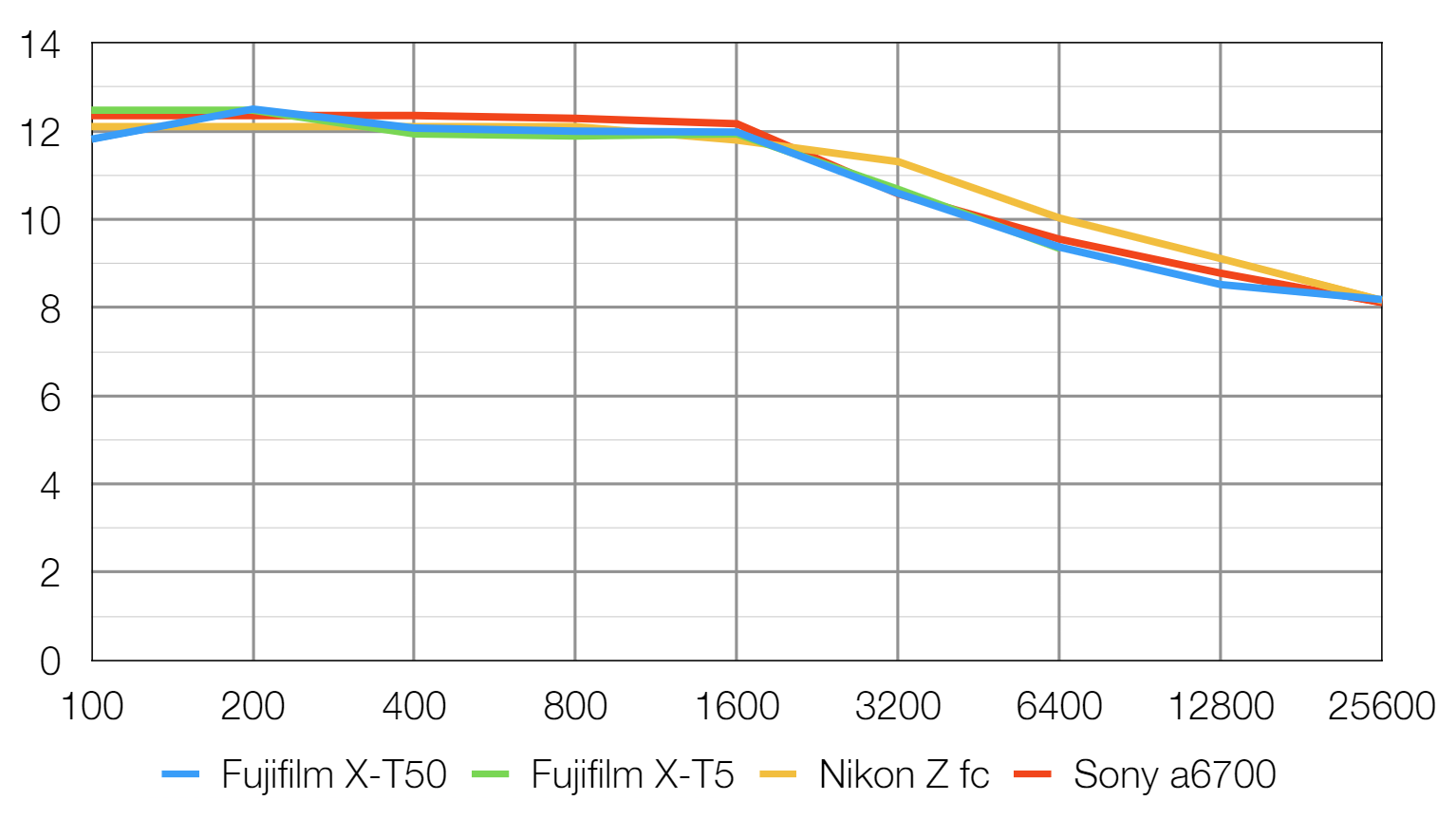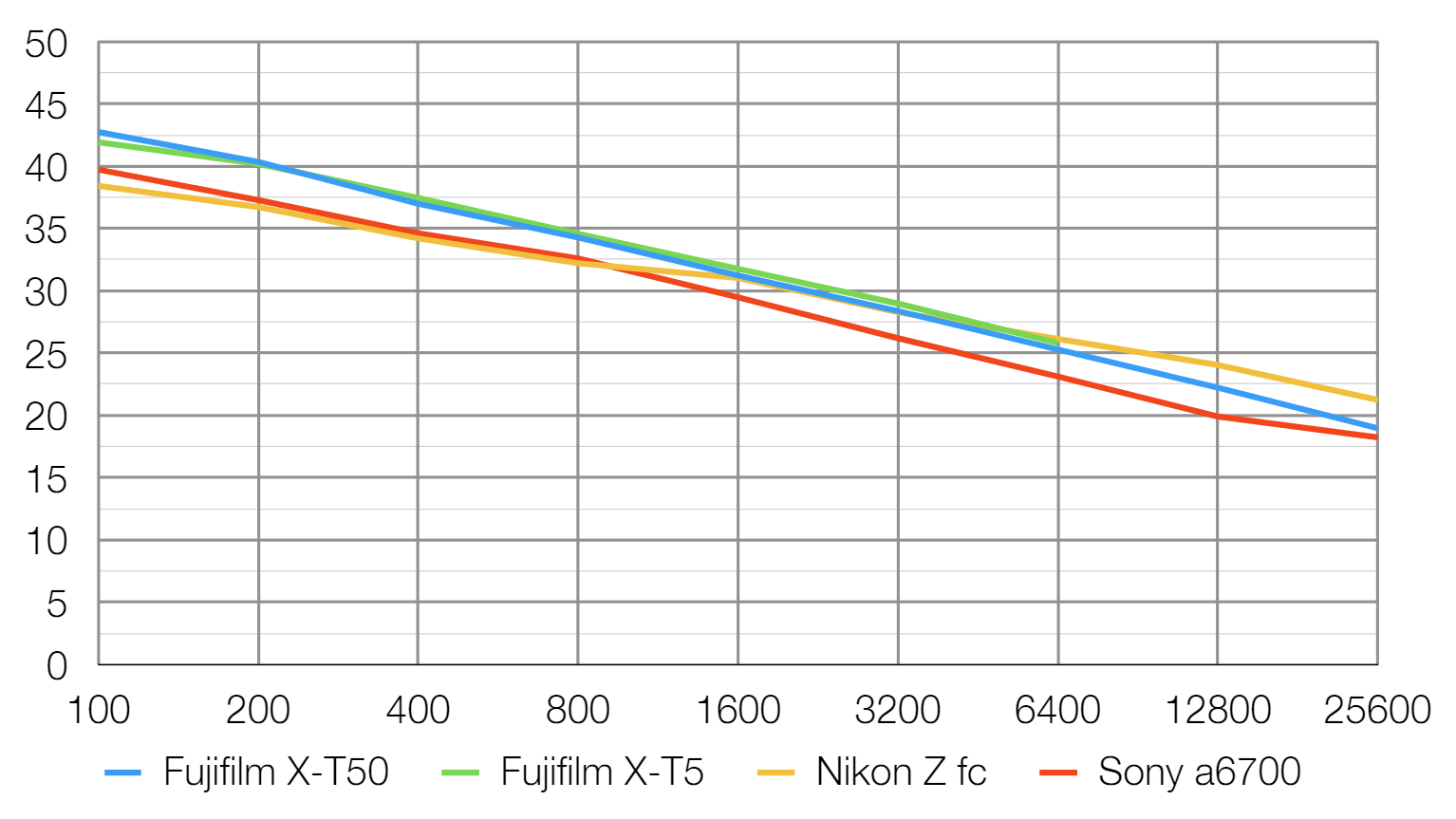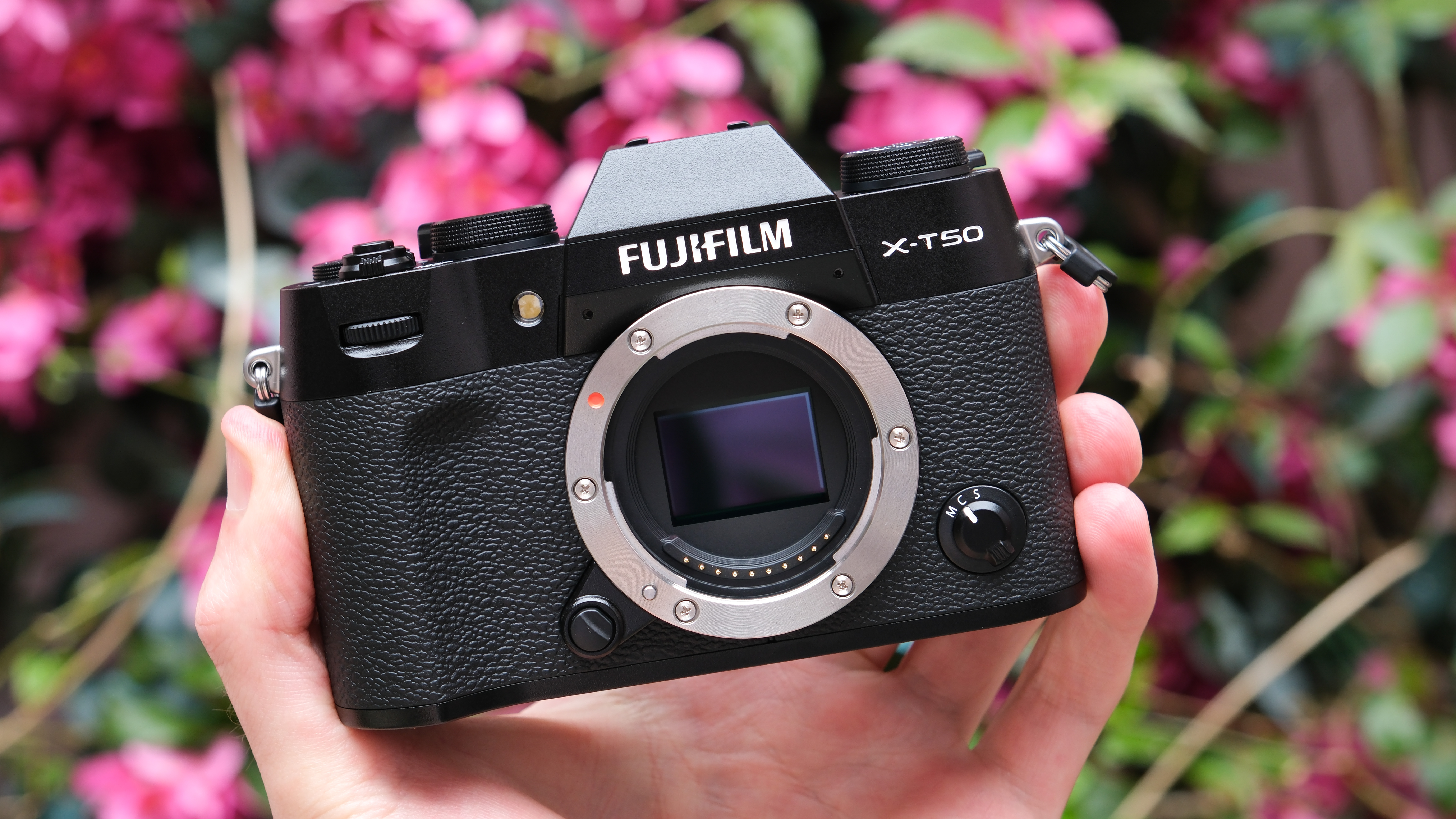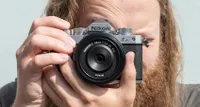Digital Camera World Verdict
The Fujifilm X-T50 might be the nominal successor to the X-T30 II, but this is not the entry-level replacement I was hoping for, for its price, build, and feature set are far beyond the entry-level territory of previous X-Txx cameras. The X-T50 is technically very impressive, there is so much in this camera and it is now the most affordable way to get Fuji's great 40MP sensor and fifth-gen processor combination. However, with the X-T30 II remaining in the lineup, and far too much crossover with the X-T5, I find it hard to really get a clear sense of purpose for the X-T50.
Pros
- +
40MP sensor with IBIS
- +
Latest processor with subject autofocus
- +
Internal 6k 10-bit video with support for external ProRes
- +
Retro design with tactile manual controls and dials
Cons
- -
Big price increase over the X-T30 II
- -
Battery life is poor
Why you can trust Digital Camera World
There was a time when a certain phone manufacturer would release tame S versions of its flagship phones in between major numerical releases, both as a refinement of the previous model and to build momentum for the next big update. When Fujifilm opted not to call its last camera the X-T40, that is what the Fujifilm X-T30 II felt like, a refined but tame update to see Fujifilm through and harvest a bumper crop of updates for the next model.
With the launch of the Fujifilm X-T50, it's safe to say that this is not another simple refinement, and the X-T50 has received some big updates both inside and out, which should put this camera firmly back on the radar of anyone shopping for one of the best retro cameras.
Traditionally, the X-T30 II, X-T20, etc has always featured tech from the flagship camera (X-T4, X-T3, etc), although with some significant compromises to the build quality and features available to keep the price as low as possible. There is some of that tradition again here, with the Fujifilm X-T5 being the pioneer for the X-T50’s updates, although that is where the X-Txx legacy ends. Fujifilm has instead opted for an improved build and a price that reflects that – I don’t think an X-Tx and X-Txx camera have ever been closer than these two.
When it comes to the fundamental core of a camera – actually capturing photos and video, it is hard to separate the two cameras, both featuring the latest 40MP sensor, the latest processor, IBIS, and 6K video. It is perhaps easier to focus on what separates them, with the X-T50 only getting a single SD card slot, having a slightly inferior viewfinder, a smaller battery, and missing out on weather sealing.
Therefore the X-T50 raises a few questions. With the X-T50 receiving a significant price and specs bump, is the X-T50 even a successor to the X-T30 II anymore, or is there now a third camera in the X-T range? And is there enough daylight between it and the X-T5 to make a clear case for itself? Let's dig in.
Fujifilm X-T50: Specifications
| Sensor | 40.2MP X-Trans CMOS 5 HR |
| Processor | X-Processor 5 |
| Video | 6.2K30P, 4K60P, 1080/240P, 4:2:2 10-bit F-Log (internal), ProRes (external) |
| IBIS | Up to 7.0 stops |
| Continuous shooting | 8fps MS, 20fps ES |
| EVF | 2.36m dot OLED |
| Screen | 3in, 1.62m dot, 2-way tilt touch LCD |
| Storage | 1x UHS-II SD card slot |
| Battery | NP-W126S (390 shots) |
Fujifilm X-T50: Price
The X-Txx line was always Fuji’s affordable retro camera for the masses, a camera for those with slimmer bank balances but who aspired to the X-T3 or X-T4. Yet the price of the X-T50 has risen ~55% from the X-T30 II, putting the cost of the new camera at launch at $1,399 / £1,299 / AU$2,599. A not insignificant amount of money for the beginner photographer.
The X-T30 II, at $899 / £899 / AU$1,499, is staying around as Fujifilm’s budget option, so for now, there is still an affordable way into Fujifilm’s system. But a big question is if the X-T30 II is the last truly budget camera from Fujifilm.
The best camera deals, reviews, product advice, and unmissable photography news, direct to your inbox!
At full price, a not insurmountable $300 / £400 / AU$200 separates the X-T50 and X-T5. However the X-T5 has seen frequent discounts worldwide, and at the time of writing is just £1,449 for the body here in the UK from most retailers, and has been as low as £1,399. For a better EVF, weather sealing, two SD slots, and significantly longer battery life, I’d hold out for an X-T5 deal.
Fujifilm X-T50: Design & Handling
Let's start with the elephant in the room – that new film simulation dial. I know this has divided a lot of early opinion online, and on reading the rumors, my initial reaction was that it is a little gimmicky, but after some time with the camera – well, my opinion hasn’t really changed.
Yes, I would have preferred a drive dial as I use that far more regularly than switching film simulations. I honestly don’t know how many Fujifilm photographers change film simulations on a regular enough basis to require a dedicated dial for it. The drive modes have moved onto a button just below the film simulation dial, (similar to an X100VI). As a positive, I will say the dial with its little film canister symbols does look pretty neat.
As a film recipe user, which comes alongside a whole heap of other settings changes, the dial is also largely redundant. Casually flicking through the film simulation dial doesn't change other settings, so I still need to set custom slots, which actually gets a little more complicated with the addition of the dial. I think a dial that mixed a few custom slots and a few of the most popular drive modes might have pleased more camps, something akin to the only marked dial on the X-S20.
But to meet the retro-looking spec there needed to be a dial of some purpose on this corner – drive, film simulation, ISO, take your pick. At the end of the day, you can’t please everyone, someone is not going to be happy about the choice, but others will be, and I am sure there will be people out there excited by this new addition.
Aside from the film simulation dial, the X-T50 has undergone some major design revisions from the X-T30 II and is the biggest design departure for any X-Txx camera.
First up, the X-T50 now offers a substantially larger grip, with the hump extending to the front dial to add more cushion to your forefinger. Fuji has done a great job here, it makes the X-T50 much more comfortable to hold than the previous model and it is now more feasible to handhold the X-T50 with something like the XF 50-140mm f/2.8, where I wouldn’t really recommend it with the X-T30 and its shallow nub of a grip.
For overall size, the X-T50 sits in between the other models – larger and heavier than the X-T30 II, but smaller and lighter than the X-T5. Fujifilm has opted for a more rounded design, which is especially prominent on the right-hand side of the camera, where the reduced space forces the camera name to bend around the edge of the body, (which looks a little odd). This rounding is key to keeping the overall weight and size of the camera down, but it does make for a very slightly lopsided appearance with the improved grip.
The build quality of the X-T50 is actually very good, again sitting in the middle of the X-T30 II and X-T5. The quality feels far more robust than the X-T30 II, although the dials are not quite as solid as they are on the X-T5. The X-T50 also misses out on the weather sealing in its big brother. It is understandable that Fujifilm needs to cut corners somewhere, so it is not entirely unexpected for its lower price point, but still a shame for a camera that will see a lot of traveling to not give some peace of mind during a rain shower or at a sandy beach.
The X-T50’s electronic viewfinder (EVF) is also inferior on paper versus the X-T5, with a 2.39m dot EVF vs the 3.69m dot EVF. However, in real-world testing the X-T50 against my X-T5, it certainly wasn’t night and day between them. The X-T50 viewfinder was large and bright enough to compose through, for an APS-C camera anyway, although you miss out on the rubber eyecup from the X-T5, so it isn't quite as comfortable to use but does make the overall body smaller.
For storage, the X-T50 is limited to a single SD card slot. The fail rate for properly maintained SD cards from a reputable company is incredibly rare, so I really don’t subscribe to two SD cards being totally necessary. However, I miss the data management aspects of having twin slots as I love to be able to separate JPEGs and RAWs onto separate cards, or record images on one card and video on the other. But if sacrifices have to be made for cost, then this is one area I can do without.
Fujifilm X-T50: Performance
Fujifilm surprised me a lot with the X-T50. I was expecting more of a subtle update, perhaps keeping the same sensor as the X-T30 II, but updating the processor, adding IBIS, and holding back some top specs. Instead, Fujifilm has ripped the whole engine out of its flagship cameras.
At 40MP, photos are as incredibly detailed as on the flagship Fujifilm X-H2 or X-T5, both of which share the exact same X-Trans V HR sensor. This sensor gives a lot of room for cropping images, with the X-T50 offering a 1.5x or 2x digital teleconverter built into the camera which creates 20MP or 10MP JPEGs respectively – a feature I love from the X100VI and its limited fixed lens.
Autofocus has been improved a lot over the X-T30 II and now comes with more subject recognition modes including animals, birds, insects, vehicles, and drones. This is powered by the new X-Processor 5, which now features in all of Fuji's current camera lineup except for the X-T30 II. In testing the camera I took a trip to a wildlife park, where the animal and bird subject recognition in particular got a real workout, and I am pleased to report that it performs as well as in any other Fujifilm camera.
The focus on Fujifilm cameras is still not quite up to par with Canon or Sony, but it has made big strides to catch up with this latest generation of processor. The camera picked up and recognized quite a range of different animals, with the focus locking on quickly and staying locked. There was a few issues when trying to focus on animals with fences or trees in the way, where despite the animal taking up the majority of the frame, the camera still focused on the nearer object. I know from past experience that other systems don't struggle with this quite so much.
I will test the video from the X-T50 further in my full review, but from the initial samples I took during my brief time with the camera, the footage looks good. The X-T50 like the X-T5, X-H2, and X100VI has the option to record 6.2K or 4K oversampled, but these will be at a 1.23x crop to the focal length of the lens used (i.e. a 35mm lens becomes a 43mm lens), regular 4K though has no crop.
This probably isn't the first choice for a serious video camera in Fuji's lineup, with the X-S20 offering a better experience with open-gate video, and the X-H2S offering pro video features. However, for photo enthusiasts who want to do a bit of video on the side, the X-T50 is more than capable.
One major issue I have with the X-T50's performance is just with its longevity. The camera uses the NP-W126S battery, which is officially rated for 390 shots, which is shy of the 740 shots the X-T5 is capable of. In normal settings, I was getting through a battery in just a couple of hours, and that was without even shooting video. I have the same frustrations with my X100VI’s NP-W126S battery, yet the battery in my X-T5 seems to keep on going all day. Getting a larger battery into a smaller camera is a problem for physics, but battery life is a significant frustration for the X-T50.
Fujifilm X-T50: Sample Images
These images were all shot on a final version of the Fujifilm X-T50, paired alongside the brand new XF 16-50mm f/2.8-4.8 R LM WR lens and the XF 70-300mm f4-5.6 R LM OIS WR lens. All images are straight out of camera JPEGS shot in Provia (standard).
Fujifilm X-T50: Lab results
For our lab data comparison we pitched the X-T50 against its Fujifilm stablemate, the X-T5, along with the retro-styled Nikon Z fc and the Sony a6700, the latter being almost the same price as the X-T50.
Resolution (line widths/picture height):
Resolution is measured using standardized text charts which give results in line widths / picture height, which is independent of sensor size.
As the two Fujifilm cameras share the same 40MP sensor, it's no surprise they resolve an almost identical amount of fine detail, with the lower scores from the Sony and Nikon cameras reflecting their 26MP and 20.9MP resolutions, respectively.
Dynamic range (EV):
Dynamic range is a measure of a camera's ability to record extreme brightness ranges and still retain detail in the brightest and darkest parts of the scene. It's measured in EV (exposure values, or 'stops').
All four cameras are capable of capturing excellent dynamic range - there's no clear 'winner' here, although the Nikon does perform slightly better than the others at higher ISOs.
Signal to noise ratio (decibels):
This test compares the amount of random noise generated by the camera at different ISO settings as a proportion of the actual image information (the 'signal'). Higher values are better and we expect to see the signal to ratio fall as the ISO is increased.
The two Fujifilm cameras deliver the clearest, least noisy image quality at lower ISOs, and this excellent performance continues right up to ISO 25,600, though the Nikon Z fc does close the gap at higher sensitivities.
Fujifilm X-T50: Verdict
The Fujifilm X-T50 is one heck of a camera, but a big departure from the traditions of the X-Txx lineup. Aimed at a much higher audience, this is not the affordable entry-level camera many were hoping for.
Photographically it is every bit as good as Fujifilm’s flagship X-H2 or X-T5. For stills, the 40MP sensor in the X-T50 shines, with lots of detail for cropping, and incredibly well-handled noise for its smaller pixels. For video, 6K and oversampled 4K offer plenty of resolution, with options for F-Log and internal 10-bit.
The body is the first major redesign we have seen for an X-Txx camera, and it is mostly better for it, with an improved build quality that feels much more premium than the X-T30 II, and a new rounder shape that somehow feels smaller despite being physically larger. The most notable new addition is the film simulation dial, which is a little gimmicky – great if you're really into film simulations, but I think there were better catch-all solutions. However, it's not all good news, there is no weather sealing, only one SD card slot, and a frustratingly small battery.
The X-T50’s photo chops do come at a significant price rise though, and with the X-T30 II continuing to be sold, I feel overall the X-T50 is lost in the lineup between that and the superior X-T5. I would have preferred Fujifilm to have held back on the X-T50 and kept that clear division between the X-Tx and X-Txx range.
With only an additional $300 (or often much less with discounts) needed for the X-T5, I think the extra money is worth shelling out for that camera – if you can. Though, if your budget can’t quite stretch, then the X-T50 still remains the best way to get a piece of the latest and greatest Fujifilm has to offer.
✅ Buy this if...
- If you want the best retro-styled camera possible, but your budget can't stretch to the X-T5.
- You want a small camera for traveling or street photography with a choice of lenses.
🚫 Don't buy this if...
- If you shoot outdoors in challenging conditions and need your camera body to be weather-sealed.
- The battery drains quickly, so if you don't like to be conservative with battery power the X-T5 has a bigger tank.
Alternatives
Fujifilm X-T5
The X-T5 offers some key benefits over the X-T50 including weather sealing, two SD card slots, and a bigger battery. The cost of the X-T5 isn't a huge leap, and well worth it if like me you don't want to miss out on those things.
Nikon Z fc
If you just want a beautifully styled retro camera body without paying too much then there are much cheaper options out there than the X-T50. My top pick would be the Nikon Zfc, which offers the same size APS-C sensor, and great specs but a significantly better price tag.

Gareth is a photographer based in London, working as a freelance photographer and videographer for the past several years, having the privilege to shoot for some household names. With work focusing on fashion, portrait and lifestyle content creation, he has developed a range of skills covering everything from editorial shoots to social media videos. Outside of work, he has a personal passion for travel and nature photography, with a devotion to sustainability and environmental causes.
